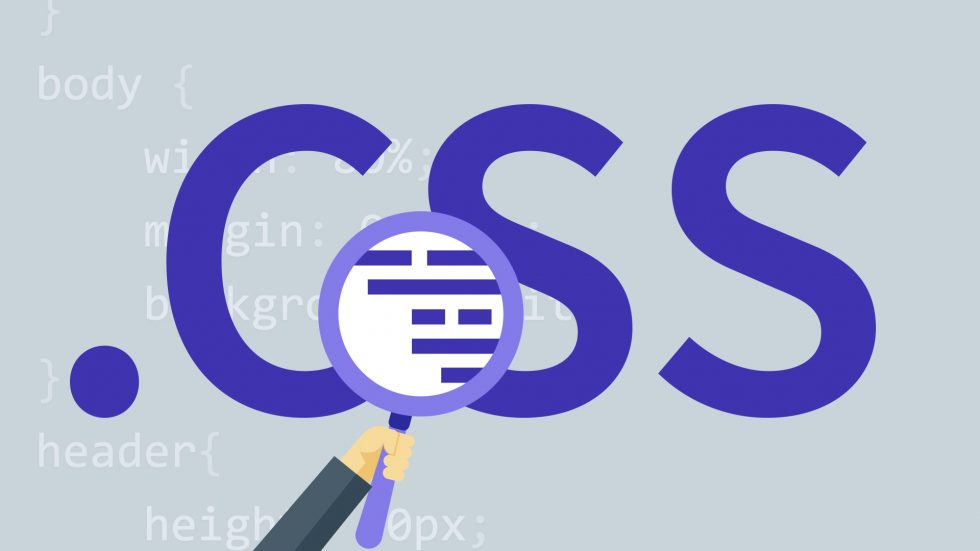If you are missing a footer in WordPress it might be because you have the code
<?php wp_footer(); ?>at the bottom the template page instead of
<?php get_footer(''); ?>
which loads the footer.
If you are missing a footer in WordPress it might be because you have the code
<?php wp_footer(); ?>at the bottom the template page instead of
<?php get_footer(''); ?>
which loads the footer.
If you are using WordPress it is easy to change the padding based on the width of the screen.
Add the following CSS code below the the CSS part of the customize area.
@media (max-width:1200px) {/below 1200/.wpcf7-form{padding:15px}}
@media (min-width:1200px) {/above 1200/.wpcf7-form{padding:0px}}
This first line of code will add 15 pixels of padding when the email form is smaller than 1,200 pixels. The second line of code will set the padding to 0 pixels when the screen is more than 1,200 pixels in width.

 WordPress Gallery : If you want to add two, three, four or even more different galleries on a single WordPress page, you can just use some short-code like in the following examples below.
WordPress Gallery : If you want to add two, three, four or even more different galleries on a single WordPress page, you can just use some short-code like in the following examples below.
Inside square brackets [] write something like this:
gallery include=”a,b,c,d”
then for the next gallery
gallery include=”e,f,g,h,i,j,k”
The letters a,b,c,d,e,f,g,h,i,j,k represent the id numbers of each uploaded image. You might have to look in the upload area to get the image’s id number/code though.
There are also a few plugins you can find in the WordPress plugin directory that will show the id if needed.